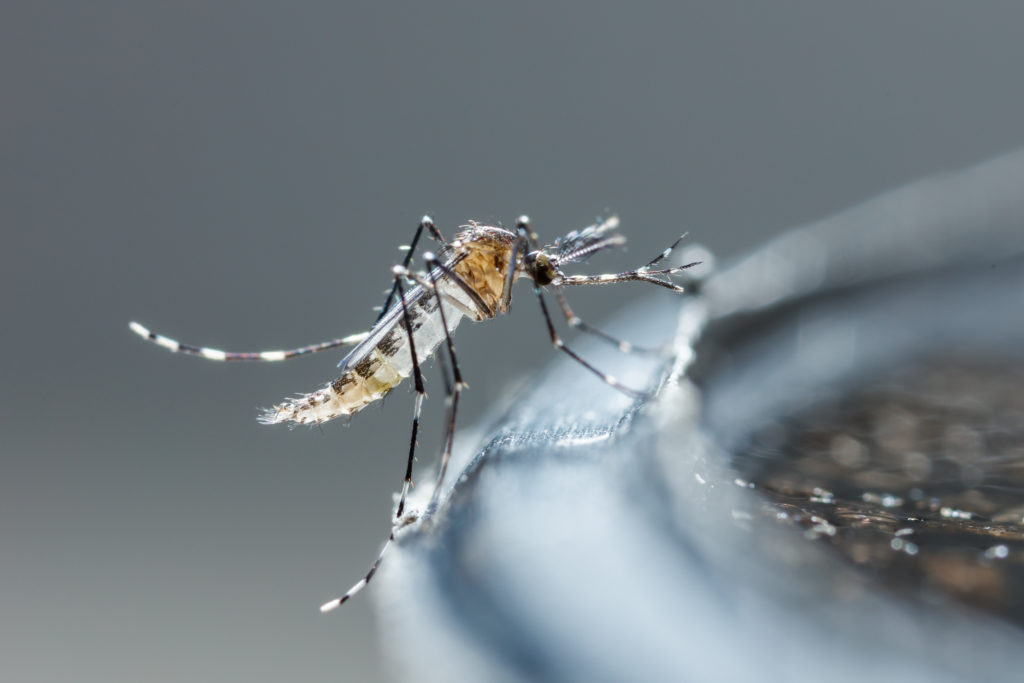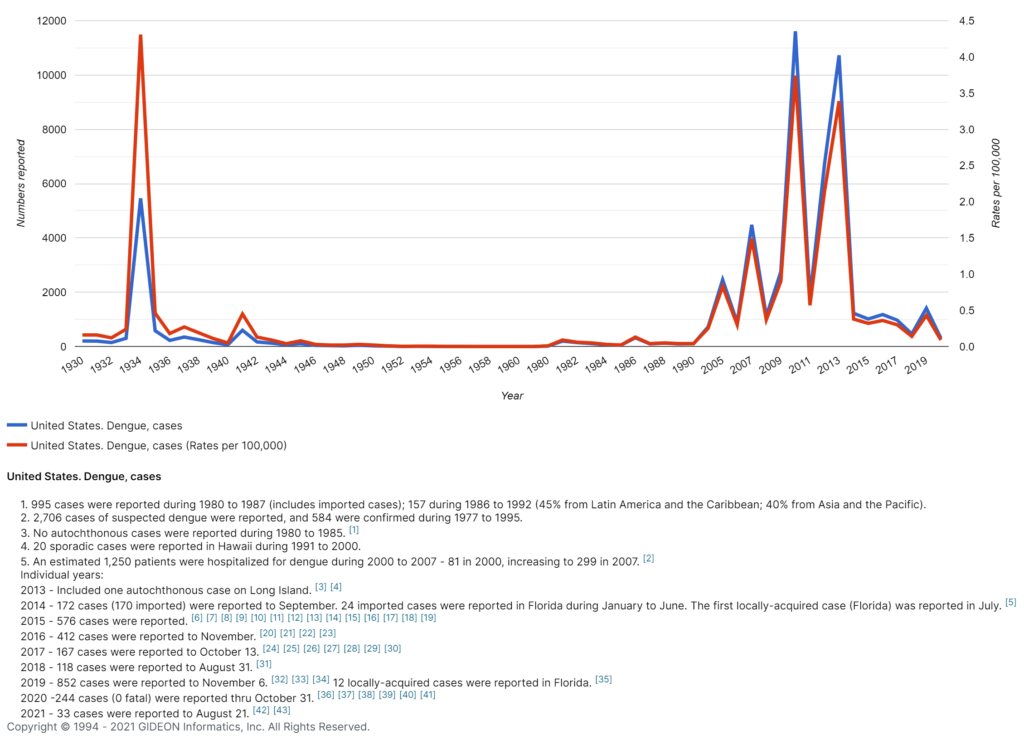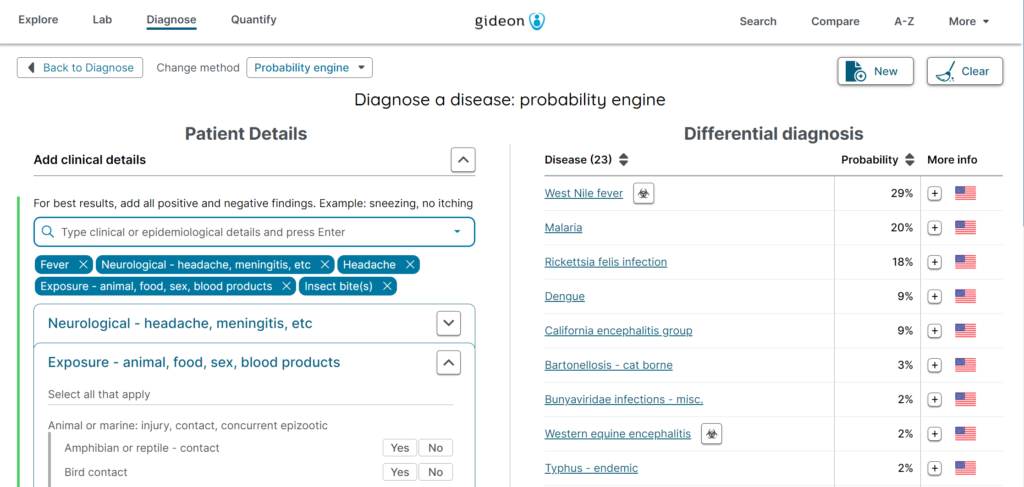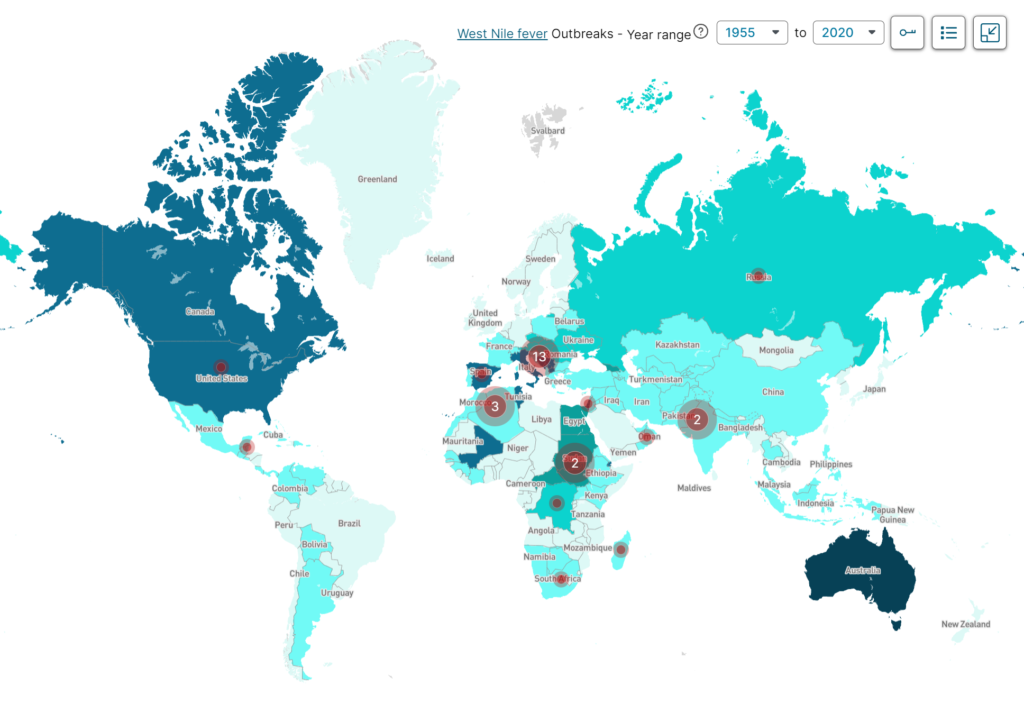Get a free book sample
Fill in your information and the book will be sent to your email in no time

Image: Newborn Aedes albopictus mosquito
Aedes aegypti and Aedes albopictus mosquito-borne illnesses are not just tropical diseases anymore
There’s Dengue fever in California and reports of Zika, Dengue, and Chikungunya cases in Florida. West Nile cases are on the rise in the US, with two recent deaths reported in Arizona and Los Angeles. What do they have in common? These diseases are all mosquito-borne diseases transmitted by the Aedes aegypti and Aedes albopictus species of mosquitoes.
The Aedes aegypti mosquito can transmit Dengue, Yellow fever, Zika, Chikungunya, West Nile Virus, and Venezuelan Equine Encephalitis Virus. Aedes albopictus can transmit Dengue, Chikungunya, Yellow fever, West Nile, Zika, Japanese encephalitis, and more.
These cases have been high enough to warrant different states taking action to curb the spread of the disease. The first genetically modified mosquitoes were released in Florida early this year, designed to suppress the Aedes aegypti mosquito.

Image: Dengue rates in the United States, 1930 to 2020.
Is the spread of infectious disease mosquitoes to non-tropical countries a recent phenomenon? How are epidemiologists and infectious disease specialists monitoring and predicting the spread and risk? How will the introduction of the Aedes family of mosquitoes affect the population of other species of mosquitoes? How exactly are the viruses maintained in the mosquitoes?
GIDEON Informatics partnered with virologist Dr. Melissa K. Jones at the University of Florida to investigate. Dr. Jones recently moderated an informative webinar on the invasion of the Aedes mosquitoes in the United States, particularly Florida. Experts on the panel were:
Drs. Hendrickx, Berger, and Jones had a fascinating conversation about Aedes-borne diseases. They began by discussing the spread of the Aedes family of mosquitoes away from its traditional habitat in South and Southeast Asia.
Dr. Hendrickx shared several significant studies about the spread of mosquito-borne vectors and how his team has been instrumental in tracking and predicting the spread of the Tiger mosquito. He stressed that studying the import of vector-borne diseases is essential to help curb outbreaks.
Dr. Stephen Berger discussed how it might surprise people to know that mosquito-borne diseases are more common in the United States than people may think. After all, the most common condition affecting all American Presidents is not heart attacks or cancer, but malaria! Even more surprising, almost all (except two) got their malaria within the United States, not from another country.
Dr. Berger stressed the importance of clinicians conducting differential diagnoses to compare clinical symptoms and identify mosquito-borne diseases early. This way, a country can curb import-based outbreaks.
Dr. Berger used the GIDEON differential diagnosis web app for a demonstration. He showed how adding ‘insect bites’ to a list of symptoms can help clinicians narrow down potential diagnoses to arrive at the most probable one.

Image: GIDEON differential diagnosis of mosquito-borne illnesses in the United States. The list is ranked by statistical probability.
West Nile virus is one of the most severe mosquito-borne diseases that Dr. Berger treats. He mentioned that West Nile is more common in adults than in children. However, he also stressed that there is still an excellent opportunity for further research on several topics. For example, is West Nile more common in adults solely due to physiology? Or are there social factors – for example, children may not be allowed out at night? This may reduce their exposure to the virus.

Image: West Nile Fever World Outbreak Map, 1955 to 2020. Copyright © GIDEON Informatics Inc.
Similarly, St. Louis encephalitis can even be fatal for adults, but children are mainly unaffected. Why is this so? More research in this field can offer greater insight.
Dr. Jones and the panel also discussed the challenges and industry best practices to curb the import and export of vector-borne diseases at different ports of entry.
For more, please watch the GIDEON, Avia-GIS, and the University of Florida collaborative webinar on the Invasive Aedes Mosquitoes: Dengue, Chikungunya, and Zika risks in Florida and the United States.
GIDEON is one of the most well-known and comprehensive global health databases for infectious diseases and it plays an important role in public health and safety. Data is refreshed daily, and the GIDEON API allows medical professionals and researchers access to a continuous stream of data. Whether your research involves quantifying data, learning about specific microbes, or testing out differential diagnosis tools– GIDEON has you covered with a program that has met standards for accessibility excellence. You can also review our eBooks on Less-Common Flaviviruses, Microsporidiosis, Neutropenic Typhlitis, Old-World Spotted Fevers, and more. Or check out our global status updates on countries like Guinea, Lithuania, Moldova, Niger, and more!